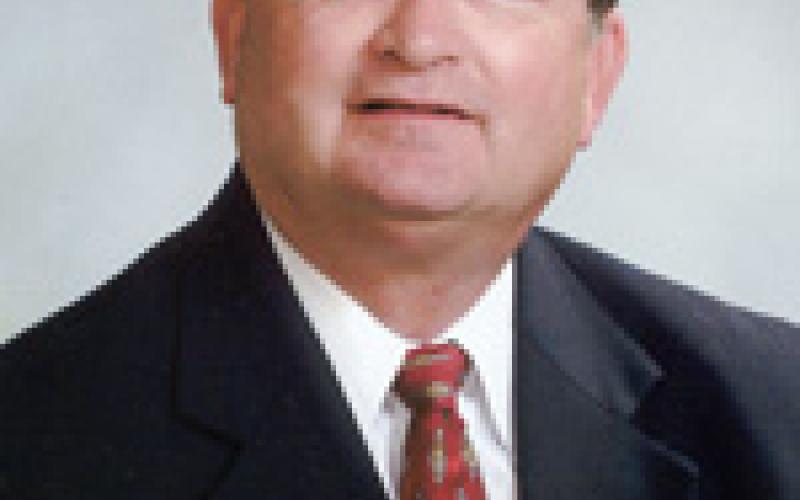Oil industry contributes $256 million to plug orphaned wells
Volatility in the oil and gas industry has created many problems within the industry for the last three decades. Prices have risen and fallen at least five times since 1986.
Back in 1984 when the first bust was beginning, the Railroad Commission (RRC) came to industry with a new problem that involved a lot of oil and gas producers going out of business and leaving the state with orphaned wells that needed to be plugged. Orphaned wells do not have an owner and they have not been plugged.
The RRC did not have the funds budgeted from the Legislature so the commissioners asked the industry to fund the pluggings with the creation of the Well Plugging Fund. The first year it raised a little over $1.1 million and 177 wells were plugged.
Financial conditions in the industry deteriorated from 1984 to 1991. Even though the fund raised $16 million and 4,078 wells were plugged, the RRC could not keep up with the increase in orphaned wells. It needed more money. The commissioners went to the Texas Legislature and the Oil Field Cleanup Fund was created, and the industry was assessed a series of fees in 1991 that were capped at $10 million annually.
The Legislature increased the cap to $20 million in 2001, and in 2013 it changed the name to the Oil and Gas Regulation and Cleanup Fund.
Overall, the RRC has plugged 35,378 wells with $256 million since 1984.
Additionally, the RRC has cleaned with 5,720 sites at a cost of $70 million since 1992.
The fund does not replace the liability of each owner of oil and gas wells from their plugging liability, according to the RRC’s to the programs annual report for fiscal year 2015.
The Legislature also implemented in 2001 a financial assurance program that requires a blanket bond, letter of credit, or cash deposit by every operator based on the number of wells in the company.
“The commission’s regulatory goals are to eliminate the threat of pollution posed by orphaned unplugged wells and to minimize the number of orphan wells requiring plugging with Oil and Gas Regulation and Cleanup funds,” the report stated.
Not all of the orphaned wells are immediate threats to the environment. The RRC has implemented a comprehensive evaluation system to determine which wells need to be plugged first.
In 2015, 413 wells were plugged out of a total of 5,644 wells removed from inventory. The largest number (4,262) were re-instated when the operator’s permit was renewed. Some of the orphaned wells (701) were sold to other operators, or returned to active status (177).
While some critics claim that the future liability to the state is $165 million to plug all of the orphaned wells, supporters point out that not all of the wells must be plugged. Most will be re-worked and put back into production. Others will be sold. Less than 10 percent will be plugged by the RRC.
If the RRC plugs a well with money from the fund, the Attorney General may initiate legal action against the responsible operator for collection of the plugging cost and civil penalties may be assessed.
The Legislature, the RRC, and industry realize that not all orphaned wells are a liability and need to be plugged immediately. The program protects the environment, while allowing industry to take ownership and put them back into production.
Even though the dramatic rise and fall in oil and natural gas prices has an impact on a company’s profitability, the state has devised a process during bad times where uneconomic wells can be maintained until prices rebound.
The inactive well program has been so successful that other states have modeled their program after the program developed by the RRC.
- Log in to post comments



